To provide the best experiences, we use technologies like cookies to store and/or access device information. Consenting to these technologies will allow us to process data such as browsing behaviour or unique IDs on this site. Not consenting or withdrawing consent, may adversely affect certain features and functions.
The technical storage or access is strictly necessary for the legitimate purpose of enabling the use of a specific service explicitly requested by the subscriber or user, or for the sole purpose of carrying out the transmission of a communication over an electronic communications network.
The technical storage or access is necessary for the legitimate purpose of storing preferences that are not requested by the subscriber or user.
The technical storage or access that is used exclusively for statistical purposes.
The technical storage or access that is used exclusively for anonymous statistical purposes. Without a subpoena, voluntary compliance on the part of your Internet Service Provider, or additional records from a third party, information stored or retrieved for this purpose alone cannot usually be used to identify you.
The technical storage or access is required to create user profiles to send advertising, or to track the user on a website or across several websites for similar marketing purposes.
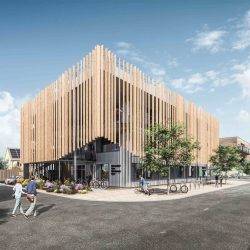 Construction has begun on a new zero carbon business centre at the Elmsbrook development in Bicester, Oxfordshire. PERCH, Elmsbrook is one of two new coworking spaces brought to Bicester by Cherwell District Council (CDC) and is subject to support from European Regional Development Funding. The 1,400 sqm building will span three floors and accommodate up to 125 people. The council claims it will be unique in ‘providing local office space for individuals and small businesses in a highly sustainable building, meeting the standards of the North West Bicester Eco Town’ scheme.
Construction has begun on a new zero carbon business centre at the Elmsbrook development in Bicester, Oxfordshire. PERCH, Elmsbrook is one of two new coworking spaces brought to Bicester by Cherwell District Council (CDC) and is subject to support from European Regional Development Funding. The 1,400 sqm building will span three floors and accommodate up to 125 people. The council claims it will be unique in ‘providing local office space for individuals and small businesses in a highly sustainable building, meeting the standards of the North West Bicester Eco Town’ scheme.




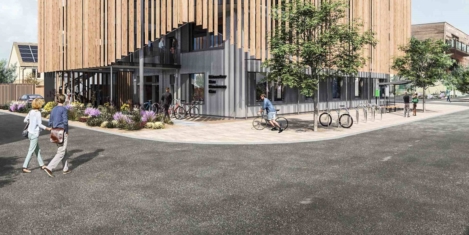


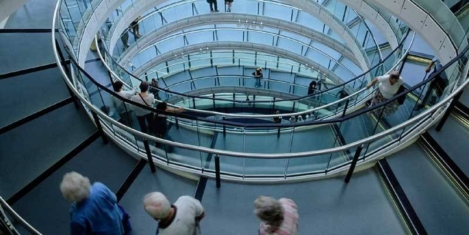
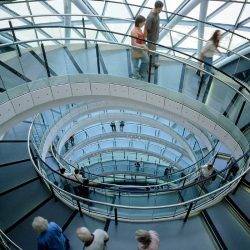


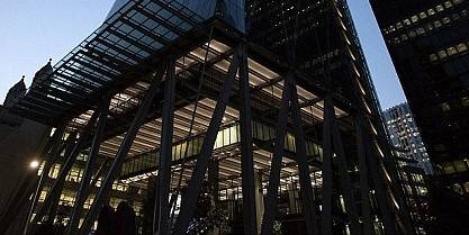
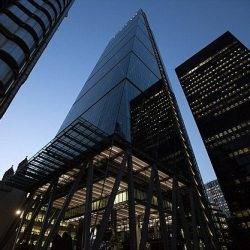



 A majority of employees (62 percent) believe their company culture is one of the biggest hurdles in the journey to becoming a digital organisation, and this is putting companies at risk in falling behind competition in today’s digital environment claims a new report.
A majority of employees (62 percent) believe their company culture is one of the biggest hurdles in the journey to becoming a digital organisation, and this is putting companies at risk in falling behind competition in today’s digital environment claims a new report. 















July 24, 2017
Employers have a growing responsibility to provide staff with cycling facilities
by Peter Ferrari • Cities, Comment, Property, Wellbeing
(more…)